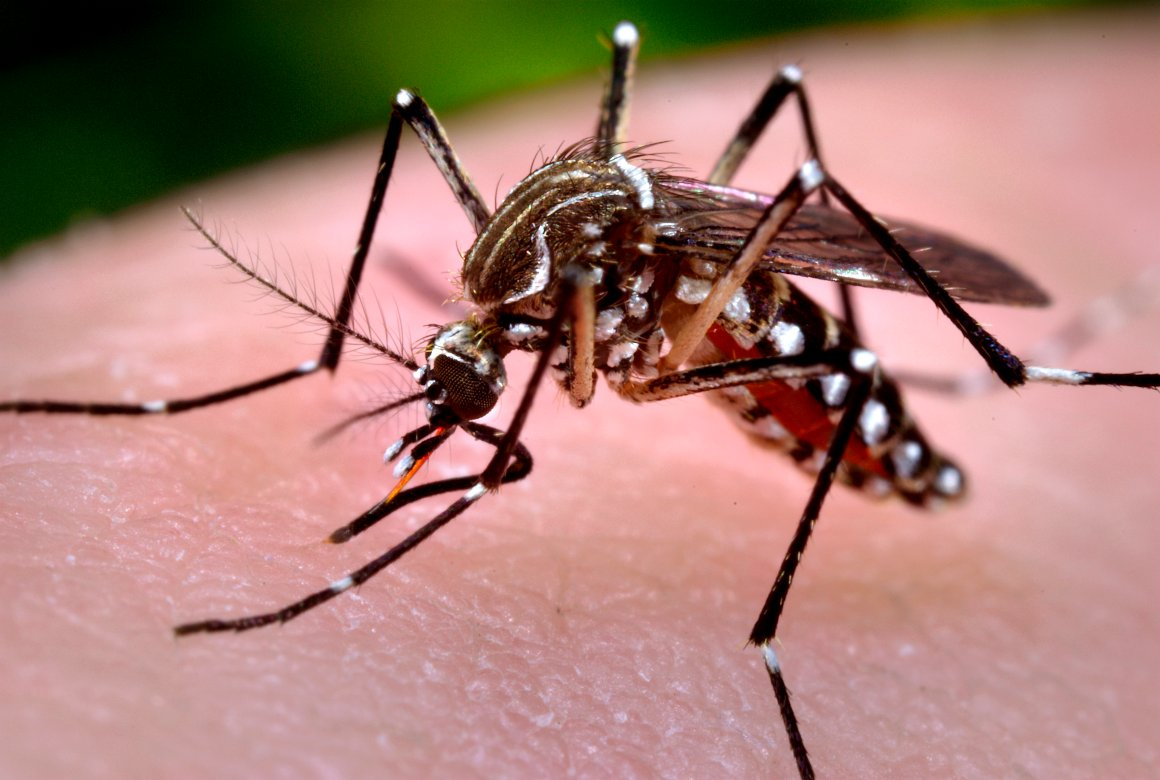The past few years have been plagued with medical outbreaks ranging from the swine flu, ebola, and currently very close to home, the dengue fever. While this disease is no stranger to many of us living in Thailand, there has recently been a rapid increase in the number of infected patients. This upward trend has the raised concerns of the professionals in this field, who are working on ways to contain the issue before it expands into a further global phenomenon.
The dengue fever is a disease that is caused by the dengue virus. It is transmitted through the Aedes mosquitoes, and some of the common symptoms are high fever, headache, vomiting and muscle/joint pains. The symptoms normally occur a few days after contraction, and while majority of cases of mild, it can develop into a life-threatening hemorrhagic fever. A full recovery can take anywhere from two to seven days, and it may involve hospitalization if the symptoms are severe.
Throughout the years, ISB has taken numerous actions to provide their students and faculties with the ideal protection against this disease. The Chief Finance Officer, Ms. Vivien Brelsford, shared that they have in the past “sprayed once a month using an external contractor against the mosquitoes.” However, the school did not believe this was sufficient in light of the high increase in dengue fever cases, as this method only “kills off the mosquitoes that are in the vicinity at the time of spraying.”
To more effectively approach the problem, ISB has “increased the spraying to once a week” and are also “trialing some natural, automatic sprays such as citronella in spaces like bathrooms where mosquitoes tend to breed.” They are taking much caution when using these products, as “sprays can contain chemical, which can be harmful.” As of now, these changes have been met with positive feedback.
Despite all the measures that ISB is taking to protect its students and faculties from the mosquitoes, Ms. Brelsford adds that individuals need to be responsible by “using mosquito repellent, wearing long loose clothing, and closing windows to keep out mosquitoes.” There is no vaccine available for the dengue virus, but a french pharmaceutical company Sanofi is currently producing a vaccine that will be available in early 2016.
Transmitted by the same Aedes mosquitoes is the zika virus that is currently generating wide concern. This virus is spread when a mosquito bites an infected individual and bites another person. The symptoms are red eyes, rashes and mild fevers, but around 80% of cases are asymptomatic. This asymptomatic nature of the zika virus makes it extremely difficult to screen and contain it.
While normally non-threatening, this virus can pose great danger to pregnant women. There have been reports of congenital microcephaly in the newborns of mothers that were infected with zika during their pregnancy. Congenital microcephaly, otherwise known as the small head syndrome, occurs when a child’s brain does not develop properly. This syndrome can cause learning disabilities and impaired motor functions.
A High School Biology Teacher, Ms. Patience Soule, claims that while the connection between the zika virus and microcephaly is logical, as zika is known to cause the Guillain-Barre syndrome, which affects the nervous system just like microcephaly, there are many other theories at hand. Some researchers have proposed that it is a variant of the zika virus that is causing the microcephaly, as not all pregnant women infected with zika give birth to infants suffering from this deformity.
Ms. Soule herself leans towards the fact that microcephaly is linked to zika, but it simply wasn’t detected earlier as it has in the past only majorily affected non-adults. A third recent and terrifying proposal suggests that it is an insecticide produced by the Monsanto company to control the mosquito population that is causing the microcephaly. It is important to keep in mind that none of the claims have been verified so it is still dubious as to what is responsible for the sudden rise in cases of microcephaly.
Nonetheless, Ms. Soule shares that “regardless of the causes, it is a known fact that mosquitoes carry a lot of serious viruses.” As a result, “we should be working on effective ways to control mosquito populations.” She mentions some methods that do not involve dangerous pesticides such as reducing standing water, adding predators such as fish that eat mosquito larvae, and using mosquito netting.
Ms. Soule adds that another possibility is to release genetically modified male mosquitoes that are sterile, so the females still mate but the eggs never hatch. While this will initially increase the mosquito population, it will be beneficial in the long run and also has the advantage of not releasing toxins. However, we must also be aware of the imbalance that may be triggered in response to eliminating the mosquitoes. As mosquitoes are a food source for many living things, we must find a way to reduce the mosquito population without causing conflict upon other organisms.
On another note, Ms. Soule would like to encourage us to “learn lessons from zika, ebola and swine flu.” We have been fairly lucky that the most deadly diseases have been easier to screen for and thus, easier to contain. However, there are diseases that are extremely life-threatening and also difficult to screen for, which forces us to ask whether we will be ready to face such a catastrophe. Is our modern technology and advancements sufficient to help us surpass a medical ordeal? Or will we fall victim to its power and suffer an unimaginably devastating loss?
Sarah L


















